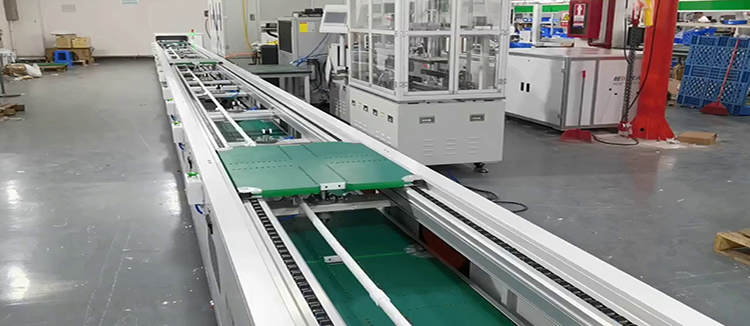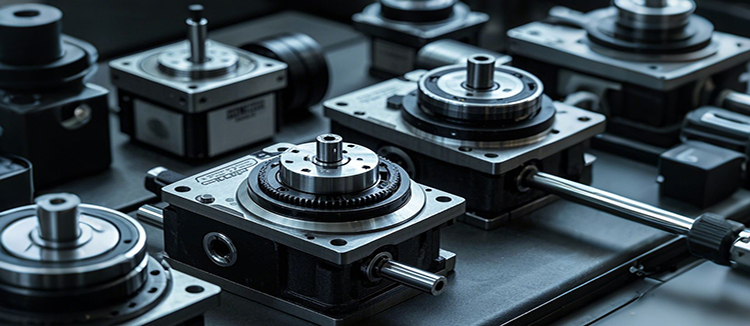Unveiling the Future of Robotics: How Robots are Transforming Industries Today
The term 'robot' has long been associated with science fiction and futuristic visions of technology. However, in recent years, the concept of a robot has moved from the pages of novels and onto the factory floors, operating rooms, and even our homes. Robots are no longer just a figment of our imagination but are becoming an integral part of our daily lives, transforming industries and the way we work.
The evolution of the robot has been rapid, with advancements in artificial intelligence (AI), machine learning, and sensor technology enabling these machines to perform tasks with increasing precision and autonomy. This article will explore how robots are being integrated into various sectors, the benefits they offer, and the challenges that come with their widespread adoption.
Manufacturing and Automation
One of the most significant impacts of robots has been in the manufacturing industry. Industrial robots are now commonplace, performing repetitive tasks with high accuracy and speed. They can work around the clock without fatigue, reducing production costs and increasing efficiency. The use of robots in manufacturing has not only improved productivity but also enhanced safety by taking over dangerous tasks that were previously performed by humans.
Healthcare and Medical Assistance

Robots are also making their way into healthcare, where they are used for a variety of purposes. Surgical robots, such as the da Vinci system, assist surgeons in performing complex procedures with greater precision and minimal invasiveness. Rehabilitation robots help patients regain mobility after injuries or surgeries, providing tailored therapy programs. The integration of robots in healthcare promises to revolutionize patient care and outcomes.
Service and Hospitality
The service industry is another sector where robots are making their mark. From robotic waiters in restaurants to automated hotel check-ins, the use of robots in service roles is on the rise. These robots can handle routine tasks, freeing up human staff to focus on more complex and customer-facing duties. The adoption of robots in this sector is expected to grow as businesses look for ways to improve efficiency and customer satisfaction.
Agriculture and Farming
Agriculture is another area where robots are proving their worth. Robotic systems are being developed to perform tasks such as planting, harvesting, and monitoring crop health. These robots can work in all weather conditions, reducing the reliance on manual labor and increasing the precision of farming practices. The use of robots in agriculture is expected to play a crucial role in addressing global food security challenges.

Challenges and Considerations
While the benefits of robots are clear, their adoption also brings challenges. Job displacement is a significant concern, as robots can perform tasks that were previously done by humans. However, it is also argued that robots will create new job opportunities in areas such as robot maintenance, programming, and development. Additionally, ethical considerations around the use of robots, particularly in areas like surveillance and law enforcement, are becoming increasingly important.

The Future of Robots
The future of robots looks promising, with ongoing research and development aimed at making them more intelligent, adaptable, and integrated into our lives. As technology progresses, we can expect robots to become more sophisticated, taking on more complex tasks and becoming an even more integral part of our society.
Conclusion
The integration of robots into various industries is a testament to the rapid advancement of technology and its potential to revolutionize the way we live and work. As we continue to develop and refine robotic technology, it is crucial to consider the ethical and societal implications of this integration. The future of robots is not just about the machines themselves but about how they will shape our world and the opportunities they will create for us all.










